#Czechoslovak Fairy Tale
Explore tagged Tumblr posts
Text
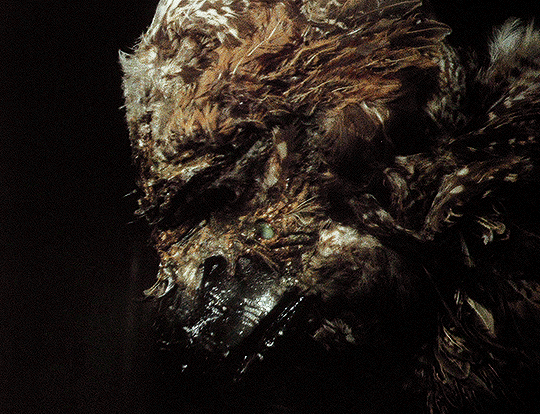


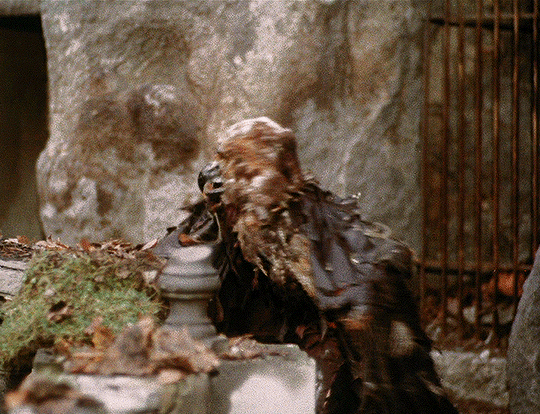

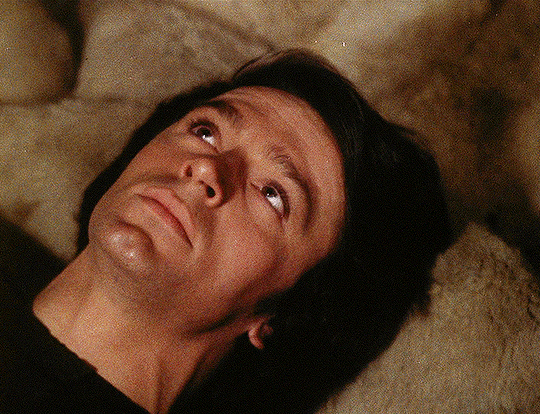
Vlastimil Harapes as the Beast in Panna a netvor / Beauty and the Beast (1978) dir. by Juraj Herz.
#Vlastimil Harapes#Panna a netvor#Beauty and the Beast#Juraj Herz#Czechoslovak#Czech#Czechoslovak Cinema#Czech Cinema#Czechoslovak Fairy Tale#Czech Fairy Tale#Fairy Tale#Horror#My Gifs#GD#i was so shocked when i found out he passed away 😔
811 notes
·
View notes
Text

you've all seen the little lesbian girls but have you seen their funky walk?
youtube
this is all of the episodes i think but they're still in the original language, it's still entertaining tho, Amalka is a fairy and has powers and takes care of nature
31 notes
·
View notes
Text
SPECIFIC MOVIE RECOMMENDATIONS #1
🌙✨ Gothic Fairy-Tale Films with Strong Female Leads ✨🌙
🍒❤️🔥Hey lovelies,
If you're like me find endless inspiration in the aesthetics of gothic fairy-tales, then you're in for a treat! I've created a list of enchanting atmospheric films, perfect for a cozy evening with your favorite tea.
To start with, of course, an absolute classic: a folk horror, menstrual tale with possibly the most aesthetically beautiful frames I've ever experienced in cinema. I constantly post something from this film on my blogs.
Valerie and Her Week of Wonders (1970): This surreal Czechoslovakian film follows young Valerie as she discovers a dreamlike world filled with vampires and magic. It's a visually stunning exploration of adolescence and awakening womanhood.
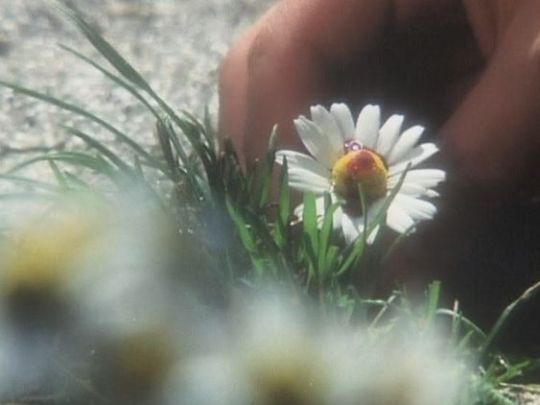
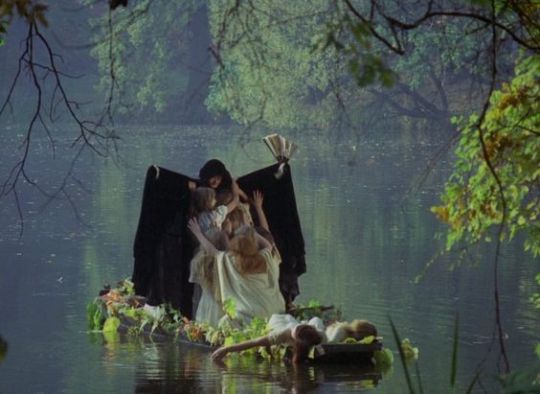
2. Daughters of Darkness (1971): This cult classic Belgian horror film features a mysterious, seductive countess who preys on young lovers in a deserted hotel. it’s a hypnotic blend of gothic allure and vampiric intrigue.
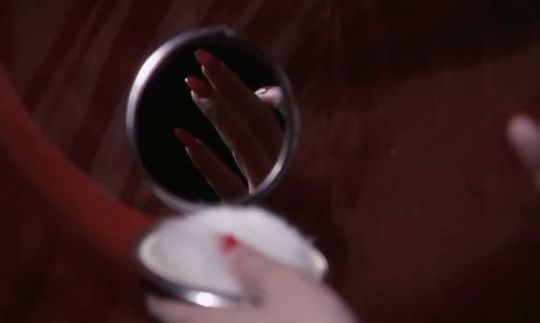
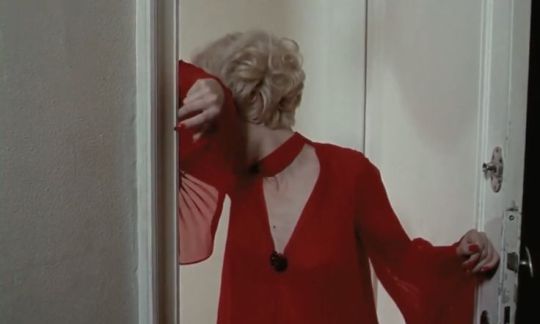
3. Nosferatu the Vampyre (1979): Werner Herzog's remake of the classic silent version. The film captures the gothic essence with stunning visuals and a chilling, melancholic tone. It's a mesmerizing exploration of fear and beauty.
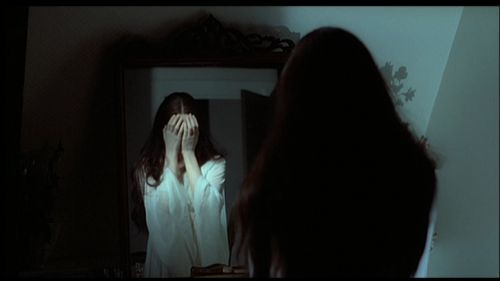
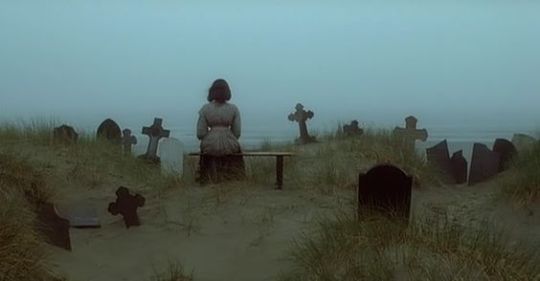
4. The Vampire Lovers (1970): This Hammer Horror classic stars Ingrid Pitt as the alluring vampire Carmilla, who preys on young women in a secluded 19th-century village. it’s a captivating blend of horror and sensuality.
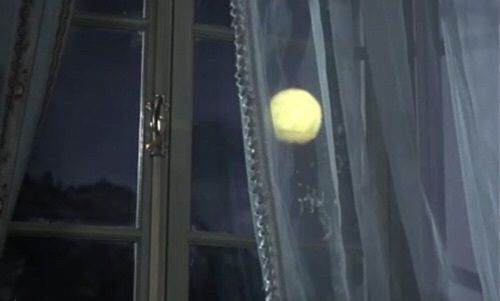
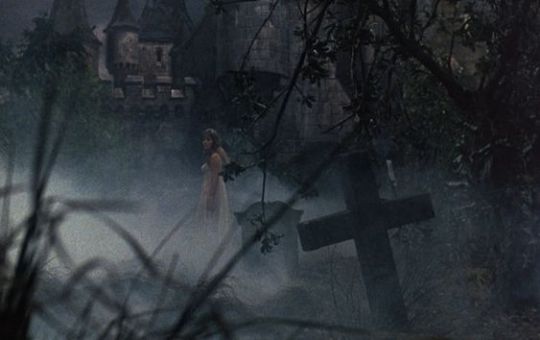
5. Beauty and the Beast (1978): This dark fantasy film, directed by Juraj Herz, offers a unique and eerie retelling of the classic fairy tale.Ideal for those who love a blend of dark romance and fairy-tale magic.

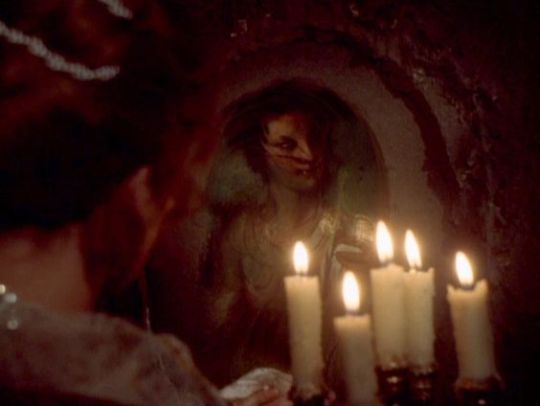
6. Viy (1967): This Soviet horror film, based on Nikolai Gogol's novella, follows a young priest who must spend three nights watching over the body of a witch in a haunted church. With its eerie atmosphere, stunning special effects, and deep roots in Slavic folklore, it's a captivating blend of supernatural horror and gothic fantasy.
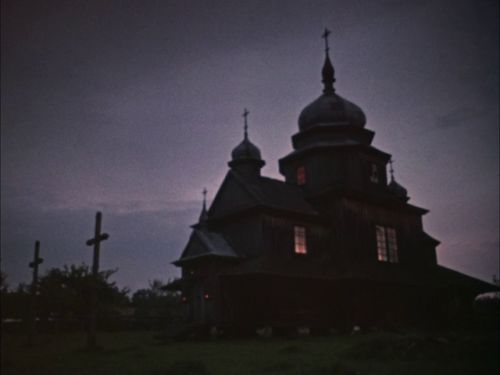
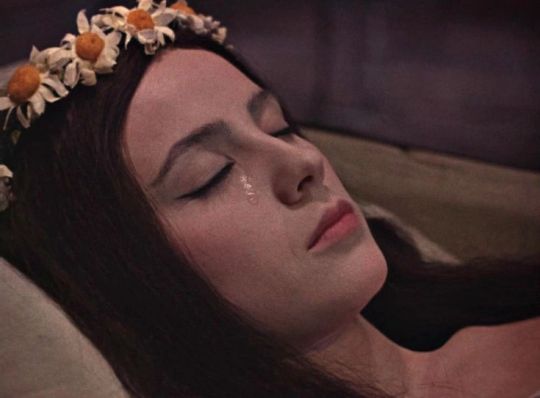
That's all for today. I have many more films like these saved on my watchlist, so once I find some gems, I'll make another list. You can also look forward to a list of my favorite old fairy tales adaptations.
Kisses 💌💌
#movie recommendation#gothic cinema#folk fairy tales#cinema#czechoslovak cinema#70's cinema#watchlist
673 notes
·
View notes
Text
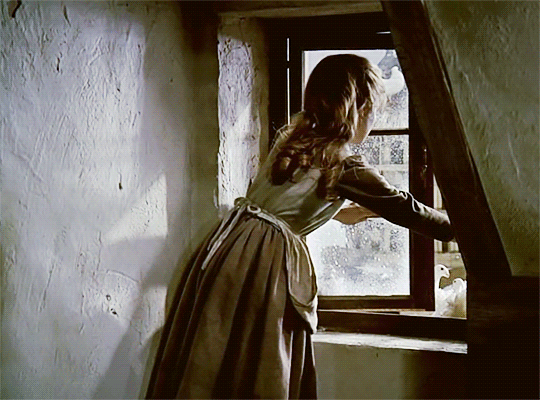
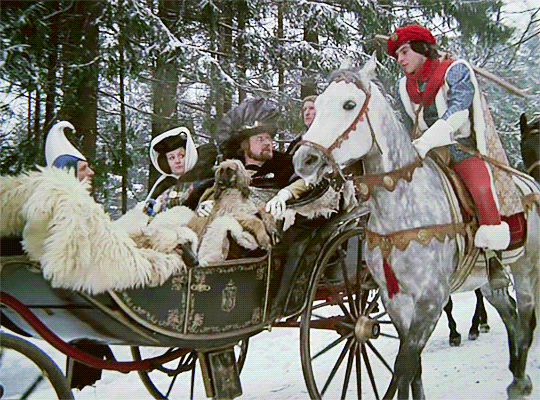
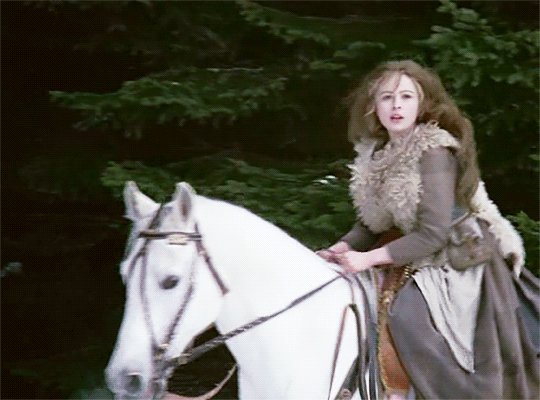



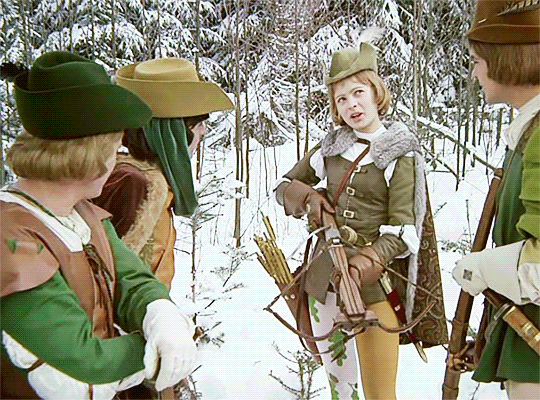

Tři oříšky pro Popelku / Three Wishes for Cinderella (1973 režie Václav Vorlíček)
Tak už znáš odpověď na mou hádanku? Tváře umouněné od popela, ale kominík to není. Klobouk s peřím, luk a kamizola, ale myslivec to není. Šaty s vlečkou, stříbrem vyšívané, ale princezna to není, jasný pane. Kdo je to?
#tři oříšky pro popelku#tri orisky pro popelku#czech films#čumblr#pohádky#hezky česky#czech fairy tales#fairy tales#cinderella#drei haselnüsse für aschenbrödel#three wishes for cinderella#popelka#mine#gif:movies#vánoční pohádky#christmas movies#czechoslovak cinema#rewatching this and thinking how great the costumes are. the music. the background ppl. everything. all the details!!#we really have to go back in making more of these type of movies. its only 83 minutes and it has everything OTL
163 notes
·
View notes
Text
When there is a talking animal companion in czech or slovak fairytale, it is more than likely they will ask the hero at the end of the story to kill them.
"Ooooh you have to cut off my head with this sword here, for I am actually a human soul trapped in this horse body"
And the heroes always grant their wish.
And I am like nooooooo FUCK YOUUUUUUUuuuuuuu
Why dont you wanna be a horsey horse or a duoggy
Or perhaps a little fox or a bird... ???
I was always both jealous of their cursed situation and really really angry that this is on what the tales end.
#czech fairy tales#slovak fairy tales#czechoslovak fairy tales#and then they all lived happily ever after except the animal companion which got beheaded
126 notes
·
View notes
Text
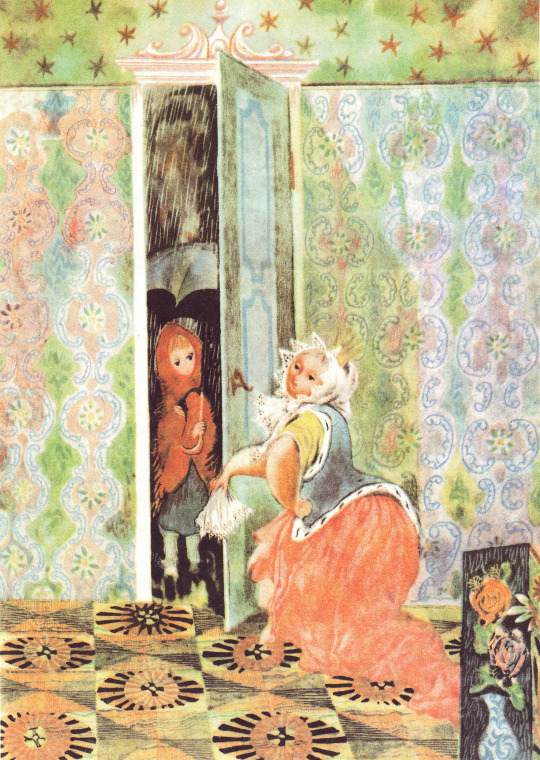
Jiří Trnka
#jiří trnka#czech artist#czech art#czechoslovakia#czechoslovak#illustration#nostalgia#illustrator#vintage illustration#vintage#vintage book#book#fairy tale#fairy tale book#fairy tale art#fairy tale illustration#my scan#scan#art#artist
29 notes
·
View notes
Text



Princ a Večernice/The Prince and the Evening Star (1978)
dir. Václav Vorlíček
#I was always so in love with this scene <33#he was definitely my favourite :DD#princ a večernice#the prince and the evening star#václav vorlíček#fairy tales#czechoslovak fairy tales#czech fairy tales#gothic romance#gothic heroine
20 notes
·
View notes
Text
Watched "The Prince and the Evening Star" yesterday and I absolutely can't get over these three dudes and their costumes





Like this is so BAD. In a good way. I LOVE it. They went full on Baroque Opera and made it Disco and I'm so here for it
#I love you czechoslovak fairty tale movies I love you Seventies I love you men in tights and glitter and ridiculous hats I#the prince and the evening star#Princ a Večernice#1970s#films#fairy tales#fairy tale films#costume design#movies
6 notes
·
View notes
Text
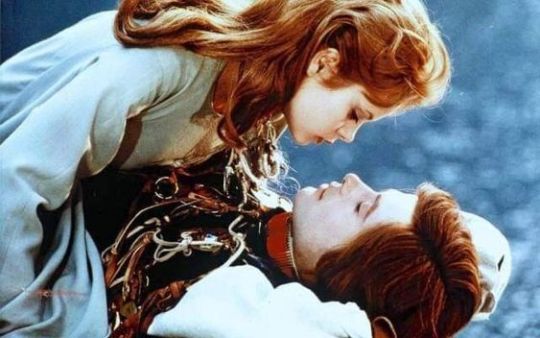
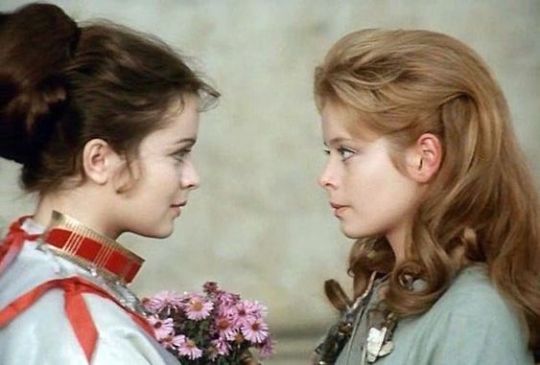

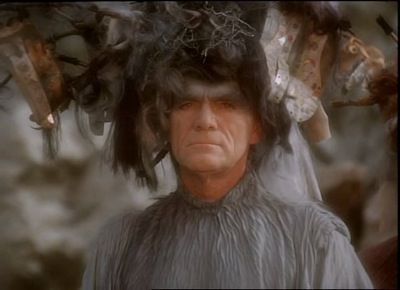
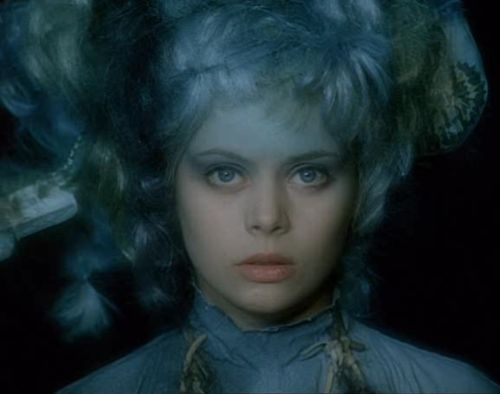
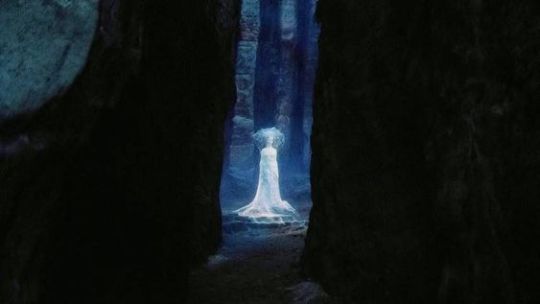
Malá mořská víla (1976)/Русалочка (1976)/The Little Mermaid (1976)
#фильм#русалочка#Чехословакия#fairy tales#hans christian andersen#the little mermaid#youtube#eng sub#czechoslovak cinema
12 notes
·
View notes
Text

zlatovláska (1973)
1 note
·
View note
Text



THE RAT CATCHER, based on a medieval German fairy tale THE PIED PIPER OF HAMELIN Czechoslovak film director JIRI BARTA produced in 1986 the 53 min long puppet-animated movie THE PIED PIPER ( ‘Krysař’ in Czech, what means THE RAT CATCHER ). the whole Jiří Trnka studio KRATKY FILM was involved in what was one of the most ambitious projects in the history of Czech animation. Research and preproduction time took six months, the filming with puppets up to 60 cm tall one year. Barta’s ‘horror’-film creates a striking contrast to the Disney version of the pied piper legend as a children’s comedy, his fascinating metaphor for a society focused on material demands comes to life in a very artistic style, heavily influenced by German Expressionistic painters like EMIL NOLDE, MAX BECKMANN, ERICH HECKEL, CARL HOFER, ERNST LUDWIG KIRCHNER, MAX PECHSTEIN, KARL SCHMIDT-ROTTLUFF and KAETHE KOLLWITZ – but as well by medieval wooden sculpture artists like JOERG SYRLIN, HANS MULTSCHER and TILMAN RIEMENSCHNEIDER. Interesting is the similarity in the tilted angles and twisted shapes in the environment of the 1920 silent horror film THE CABINET OF DR.CALIGARI directed by ROBERT WIENE. below some of the stylized sets of the puppet-animated film [...]
55 notes
·
View notes
Text

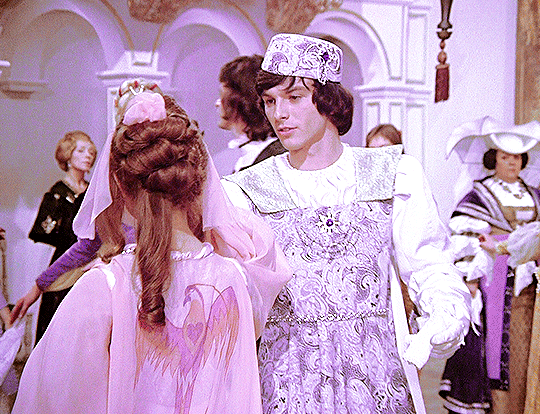
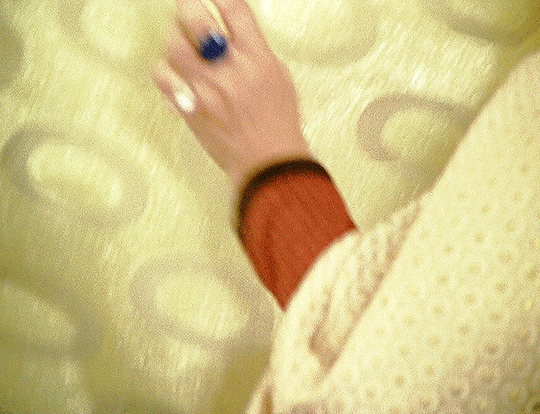
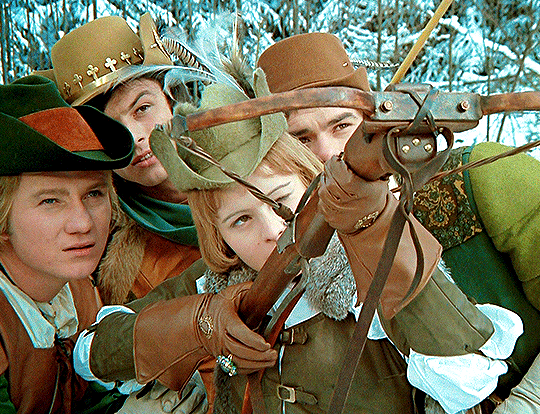

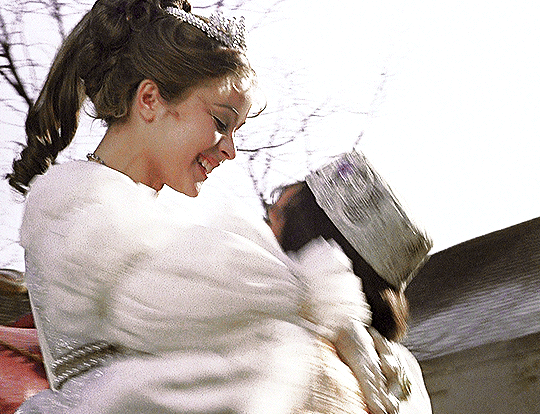
"I don't know if she's a Princess but she's beautiful. And somewhere here I lost her."
Tři oříšky pro Popelku / Drei Haselnüsse für Aschenbrödel / Three Wishes for Cinderella (1973) dir. by Václav Vorlíček.
#Tři oříšky pro Popelku#Drei Haselnüsse für Aschenbrödel#Three Wishes for Cinderella#Václav Vorlíček#Czechoslovak#Czech#German#Czechoslovak Cinema#Czech Cinema#Czechoslovak Fairy Tale#Czech Fairy Tale#My Gifs#GD
1K notes
·
View notes
Note
to take your mind of the foreboding WH movie adaptation disaster: Are there actually some non-English gothic titles you would like to recommend?
ohhhhh, what a good ask!
now, i'm actually not that well-versed in the gothic genre as i'd like to be, and if anyone has more recs they're welcome to add them to my list. but still, let's begin with:
gaston leroux, le fantôme de l'opéra (+ andrew lloyd webber's musical - which is hugely popular, as it should be! - and i'd also recommend the 1925 silent movie with lon chaney. it's probably the most faithful film adaptation of poto... too bad for that ending tho. there's also a prequel/retelling book by susan kay called phantom, which is very good - but not flawless - except i heavily dislike christine's characterization in this one; you can always read until the counterpoint section and call it a day)
victor hugo, notre dame de paris + the musical adaptation by riccardo cocciante. it's in french, but i also enthusiastically rec the italian version - you can find both of them on yt!
so, besides these two super famous classics, there's the poem the demon by mikhail yuryevich lermontov. you can find an opera rendition of it by anton rubinstein.
speaking of opera, béla bartók's bluebeard's castle - aka a gorgeous adaptation of the fairy tale by the same name. this version is particularly excellent, and there are also a lot of good album recordings on spotify. musically-wise, tho, it's maybe not easily accessible to people who aren't already familiar with opera...?
charles gounod's faust (again, an opera!) and various non-english versions of the story, like goethe's. by goethe there's also the poem der erlkönig. here a beautiful musical rendition by franz schubert.
panna a netvor aka "the maiden and the monster", my favorite beauty&thebeast movie adaptation. it's a 1978 czechoslovak film, you can find it here on yt with eng subs. and idk if i would say it's gothic but there's also the jean cocteau 1946 film + another french one filmed in 2014 starring léa seydoux and vincent cassel.
fyodor dostoevesky, the double
carlos ruiz zafon, the shadow of the wind (which i enjoyed, but i wasn't personally crazy about, though)
it's not gothic - it's magical realism, actually - but fans of the genre would possibly like gabriel garcia marquez's one hundred years of solitude for its themes
again, not gothic (i've seen it labeled as "dark academia" but. for some people anything is ~dark academia, including dostoevesky and the picture of dorian gray, for some unfathomable reason), but i'd rec vita nostra + its sequel, assassin of reality, by ukrainian authors marina and sergey dyachenko. there's an english translation and an italian one for my mutualiani, plus a third and final book coming out in, maybe, 2025.
the cabinet of dr. caligari + the man who laughs starring conrad veidt (😳😍) - the latter is an adaptation of the victor hugo's novel by the same name
for other movie recs, the original nosferatu + dario argento's suspiria (which has also a more recent remake by luca guadagnino of challengers fame)
fosca by igino ugo tarchetti. didn't read the novel, but i watched the musical adaptation by stephen sondheim, passion, here (and that's in english). again, idt if it's gothic or even gothic-adjacent but fosca's character has been compared and contrasted as a female version of the phantom of the opera by musical theatre fans, so. here it is.
now, for things i didn't personally watch/read so i can't vouch for them, but they seem all well-written/made nonetheless and belong to my unending list(s) of books to read/films to watch:
vampire hunter d. (anime)
john ajvide lindqvist, let the right one in (novel + movie adaptation)
marina enriquez, our share of the night + things we lost in fire (novel + short stories collection)
(mind you that these recs conflate a lot with the horror department. but i still think they could be interesting for gothic fans)
two book series that are written by english authors but i think they deserve more attention:
mervyn peake, gormenghast
jonathan l. howard, johannes cabal (which contains huge references to faust, dracula, and works by poe and lovecraft. the protagonist has also become one of my favorite characters of all time, i've fallen in love with him at first... page, i guess lol)
and that's it! again, if anyone has any other good rec, please feel free to add them!
30 notes
·
View notes
Text






Hold up, hold up, hold up ! A 1976 Czech version ?
The Little Mermaid (Czech: Malá mořská víla)
1976 Czechoslovak fantasy film directed by Karel Kachyňa based on the fairy tale "The Little Mermaid" by Hans Christian Andersen. The film won the Main Prize at 1977 Gijón International Film Festival. The plot follows Andersen's story faithfully, with the primary difference being that mermaids are not portrayed with fish tails instead of legs, but as sea nymphs who appear to have strong disdain for humanity.
This one is so similar to Disney’s 1989 animated version that it’s hard not to think that Disney just did a total rip off. Calls to mind that quote by Oscar Wilde “Imitation is the sincerest form of flattery that mediocrity can pay to greatness.” With that being said, I loved it and enjoyed it even more than the 1976 Russian version.
13 notes
·
View notes
Text

The Little Stars of Gold - Artuš Scheiner (1863-1938),
Artuš or Artur Scheiner was a prolific Bohemian painter, decorative artist, and illustrator, known best for his precise gouache drawing, mostly in secessional style. He produced many paintings, illustrations, advertisements, postcards and designs.
Scheiner was not classically trained in art. He began painting as a child and became passionate about art during high school. He originally worked as financial clerk at the Financial General in Prague.
He began his career with drawings in Lustige Blätter, a weekly German humour magazine published in Berlin, and other magazines in Germany, Austria and Hungary. From 1880, his drawings were published in humorous Czech periodical magazines such as Světozor (from 1897), Paleček, Švanda dudák, and Zlatá Praha. He gradually built a reputation as a talented artist-humorist.
In 1902, now freelance, he illustrated his first book, a children's fairy tale Růženka a Bobeš by Václav Říha. His black and white pen and ink line drawings in secessionist style gained him popularity and new contracts. He illustrated fairy-tale books from well-known authors such as Božena Němcová's The Disobedient Kids and other Czechoslovak Fairy Tales, Karel Jaromír Erben, Hans Christian Andersen and others.
15 notes
·
View notes
Text
Enough with the woke remakes of old Disney classics where every princess is a raging girlboss and a feminist. We don't need it. Are they aware that other versions of those princesses already exist? Take the East German/Czechoslovak version of Cinderella. There Cinderella is a sassy badass who actually stands up for herself and shoots a crossbow better than the prince without it being obnoxious or too in your face with *the message*. And guess what in the end, despite being a strong female character, she marries her prince and lives happily ever after, because love doesn't make a woman weak.
There is also a Norwegian Cinderella and German versions of all the old Grimm fairy tales (including Snow White), and I bet many more. So why do we need a new Disney version that is "updated for modern audiences"? No one asked for it and I bet no one needs it. Enough with the remakes.
124 notes
·
View notes